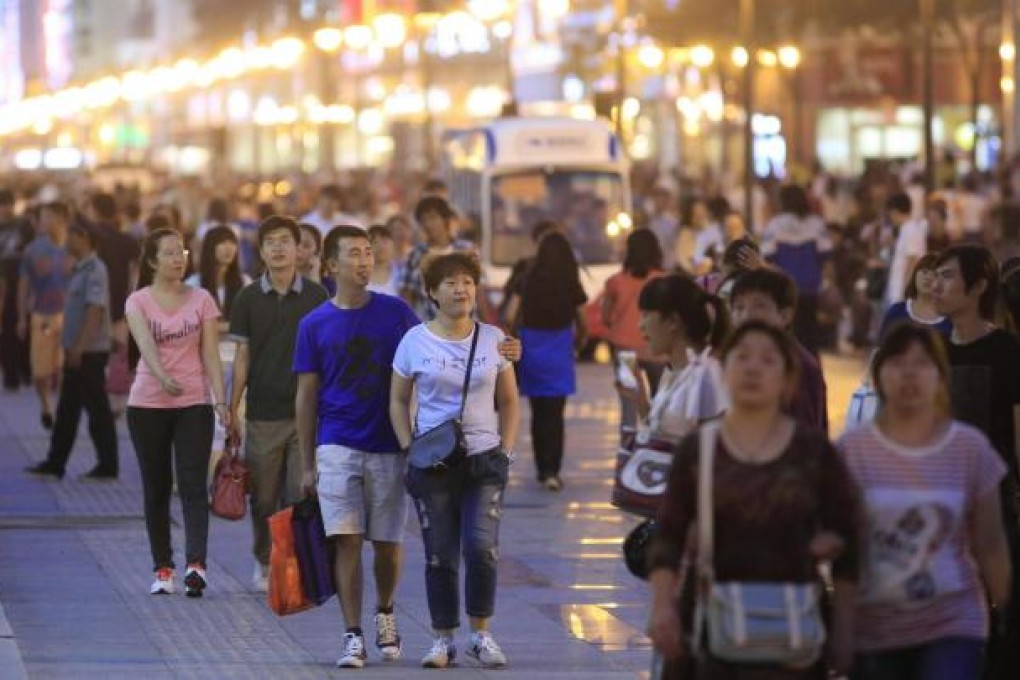Artificial stimulus
The US Federal Reserve is turning again to quantitative easing to stimulate growth but many analysts think its impact will be limited

Stock markets rallied. Gold prices soared. Officials in Hong Kong warned of the comeback of an overheated property market. But apart from pushing up asset prices, the US's money printing, or the so-called third round of quantitative easing, is expected to offer limited help in preventing the ongoing economic slowdown on the mainland and in Hong Kong.

Among the "aggressive suite of actions" the FOMC said additional assets would be purchased if the labour market outlook does not improve "substantially." In addition the near zero target range for the Federal funds rate will extended from late 2014 to the middle of 2015 while Operation Twist, in which the Federal Reserve sells short-term bonds and buys longer term bonds, will continue through the end of this year.
In the meantime "a highly accommodative monetary policy stance will remain appropriate for a considerable time after the economy recovery strengthens".
Michael Woodford, a Columbia University professor, told Reuters that the policies were aimed at "affecting perceptions" while the economic outlook remains uncertain.
The securities purchase program, if it continues for a year, would remove about 10 per cent of the US$4.7 trillion outstanding amount of agency MBS from the market, HSBC economists said in a research note.